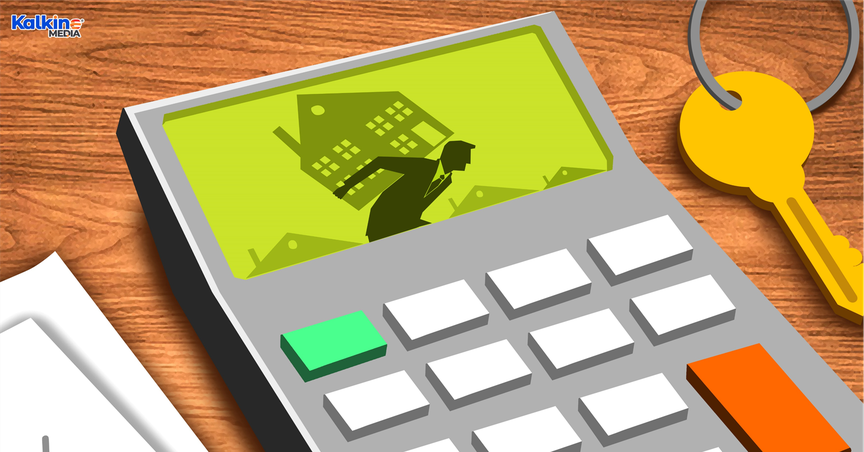Highlights
- Speculations are rife that interest rates will reach 1% by the end of this year.
- The post-pandemic lending has been largely dominated by fixed-rate mortgages.
- The real interest rate might remain negative for a long time, potentially weighing on banks’ balance sheets.
The Reserve Bank of Australia (RBA) has gathered enough reasons to refrain from embracing a rate hike before the end of this year, challenging expectations surrounding a sooner interest rate hike. Though the exact month of a rate hike is unknown, most forecasters expect the cash rate to reach 1% by the end of this year.
The recent factors aggravating inflationary pressures have necessitated an interest rate hike to keep prices in check. However, a rate hike might not be welcome news for mortgage holders, who could face a tough road ahead with rising interest rates weighing heavily on their pockets.
Events transpiring on one side of the world have raised the need for swift policy action on the central bank’s part. For Australia, global market events seem to be acting as a double-edged sword, as rising commodity prices could also generate higher export revenue. However, rising prices only mean one thing for consumers: costlier days are ahead. Given this pretext, an interest rate hike is most likely to act against mortgage loan holders.
INTERESTING READ: Will global supply chain woes end soon?
Rising popularity of fixed-rate mortgages
The pandemic did not only shake the existing medical systems but also jolted economies throughout the globe. It brought a significant change in the way Aussies take mortgages. While variable-rate mortgages were common among Aussies a few years ago, post-pandemic lending has been largely dominated by fixed-rate mortgages.
With interest rates being maintained at a record-low level, more and more individuals have locked themselves on a lower interest rate, changing a long-term trend for the country.
However, one cannot neglect that fixed-rate mortgages come with an expiry date on the fixed rate. Most of these mortgages offer a two- or three-year window when interest rates are fixed, with interest payments jumping abruptly as soon as the loan term is up.

It has been close to 17 months since the RBA maintained interest rates at 10 basis points. Essentially, this means that borrowers who took loans when interest rates were first reduced are now reaching near the end of their fixed-rate loan term. Refinancing in the coming months would mean higher interest rates becoming applicable on such loans. For those owning mortgage loans, this would mean a stark rise in interest payments on properties that are already priced at exorbitantly high rates.
DO NOT MISS: Your Uber rides are now going to be costlier, here’s why
When will interest rates go up in 2022?
Market pundits have different opinions regarding an interest rate hike. These differences have largely stemmed from ongoing supply-side snags, rising prices and declining consumer confidence shaping up since February 2022 amidst the Russia-Ukraine crisis. However, the forecasters unanimously agree that interest rates would increase by the end of 2022.
A majority of the forecasters expect Australia’s very first rate hike since the onset of the pandemic to occur by mid-2022. RBA Governor Philip Lowe hopes the cash rate to reach 2.5% at the very minimum as normalcy seeps in. However, there is no certainty to that, as different market forces are shaping up globally.
How Wars impact interest rates?
Given the rising inflation, the real interest rate might remain negative for a long time. The real interest rate is calculated by subtracting the inflation rate from the nominal interest rate and is thus, adjusted for inflation. As supply-chain bottlenecks cast shadows of uncertainty on economic growth, negative real interest rates might become a burden for the financial sector.
Bottom line
Aussies who saved during the pandemic for a vacation or an emergency might fare comfortably through rising interest rates. However, many others would be left managing their finances as high interest rates might hamper their income.
Moreover, if the RBA proceeds with the widely anticipated policy of implementing several closely timed interest rate hikes, consumers might soon land in a pool of financial turmoil. But if economic growth gathers pace and employment remains stable, most Aussies would be able to show some resilience against yet another shock. Overall, the true effects of an interest rate hike cannot be predicted just yet.
ALSO READ: Australia Pension Centrelink - 5 critical facts to notice now



